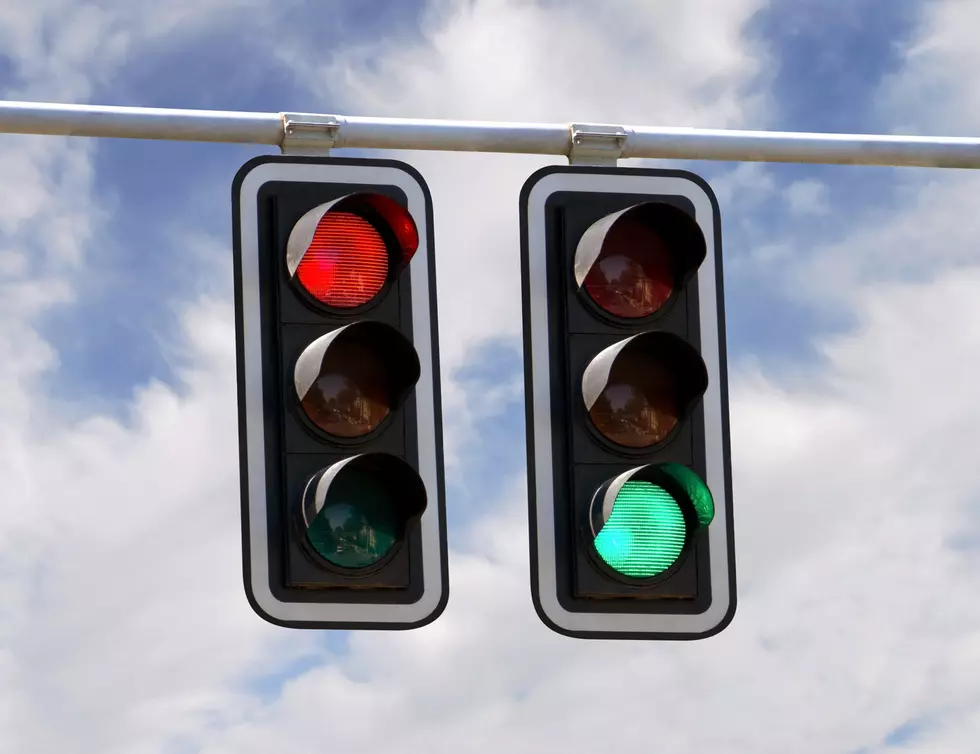![Summer Months are Deadly for Young Drivers [AUDIO]](http://townsquare.media/site/394/files/2011/11/teen-driver.jpg?w=980&q=75)
Summer Months are Deadly for Young Drivers [AUDIO]
The 100 or so days between Memorial Day and Labor Day are some of the deadliest for teen drivers and their passengers, according to AAA Mid-Atlantic's analysis of federal crash data from 2011.
In that time period, 980 teen drivers (ages 16-20) and their passengers died in traffic crashes nationwide.
Tracy Noble, a spokesperson for AAA Mid-Atlantic, said the increased risk can be attirubuted to the fact that teenagers are not dealing with the same old routine during the summer. Their weekdays don't include eight hours inside a school, and they aren't forced to get a good night's sleep.
"Over the summer, we see kids taking trips with their friends," Noble said. "Unfortunately, a lot of times when we hear about teen crashes, they are due to excessive speeds, inexperience and distraction."
According to Noble, weekends are particularly dangerous for teen drivers, perhaps because there are more cars on the road. The Fourth of July falls on a Thursday this year, which could pave the way for many older drivers to take a four-day weekend from work.
"AAA urges parents to increase their focus on safety during the school-free, high-risk summer months ahead when teens drive more and often have less supervision," Noble said.
TIPS FOR PARENTS FROM AAA MID-ATLANTIC
Eliminate trips without purpose. Teens have three times as many fatal crashes as all other drivers, based on amount of miles driven, and a teen’s crash risk is highest during the first year of solo driving. Limit teens’ driving to essential trips and only with parental permission for at least the first year of driving.
Limit passengers. Crash rates increase with each teen passenger in the vehicle. In fact, fatal crash rates for 16- to 19-year-olds increase fivefold when two or more teen passengers are present versus when teens drive alone. Also, riding in a vehicle with a teen driver can be risky for teen passengers. Establish passenger limits and restrict teens from riding as a passenger with a teen driver.
Restrict night driving. A teen driver’s chances of being involved in a deadly crash doubles at night. Many parents limit driving during the highest-risk late night hours, yet they should consider limiting evening driving as well, as more than half of nighttime crashes occur between 9 p.m. and midnight.
Teach your teens how to drive. Summer offers the perfect opportunity for teens to learn how to drive and the best way for new teen drivers to gain experience is through parent-supervised practice driving, where parents can share their wisdom accumulated over many years of driving. Even after a teen has a license that allows solo driving, parents and teens should continue to practice driving together to help the teen manage increasingly more complex and challenging driving conditions.
Establish a parent-teen driving agreement. Written agreements help set and enforce clear rules about night driving, passengers, access to the car, and more.
Be there. Make sure your teen knows that if they need help, advice or a ride, they can call you at any time. Extend this offer often and let your teen know that you are always available, and that they will not be judged or punished should they need your help.
More From 92.7 WOBM










